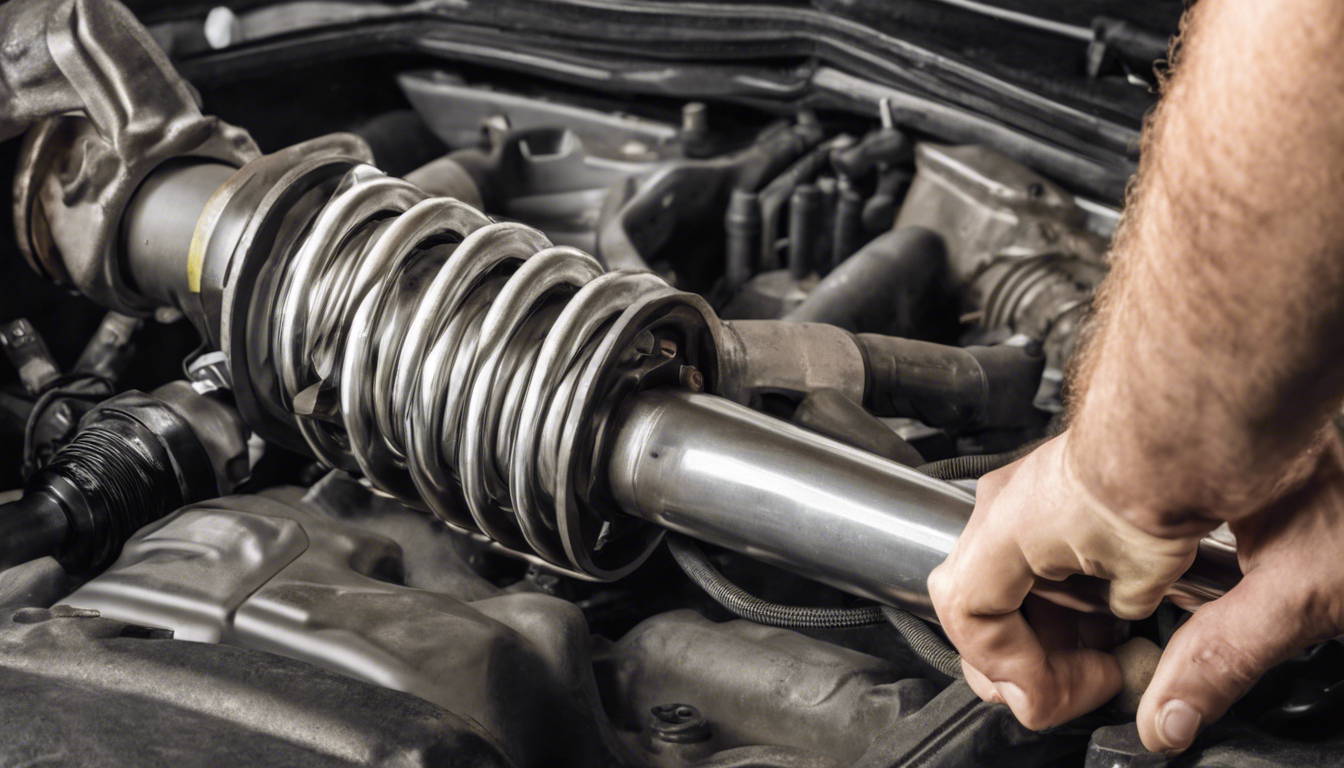
Understanding how to replace shocks and struts is a crucial aspect of vehicle maintenance that often goes overlooked. These components are fundamental to a car's handling and comfort, yet they wear out over time, compromising the safety and performance of the vehicle. The replacement process, though seemingly daunting, can significantly extend a vehicle's lifespan and enhance the driving experience. This article aims to demystify the procedure, making it accessible for even those who may not consider themselves mechanically inclined.
The following sections will delve into the essentials of identifying when shocks and struts need replacing, the tools required for the job, and a step-by-step guide to efficiently performing the replacement. By covering these main points, the article serves as a comprehensive resource for anyone looking to undertake this type of maintenance without the need to consult a mechanic. Whether you're a seasoned DIY enthusiast or a novice eager to learn more about vehicle upkeep, this guide will provide valuable insights into a crucial aspect of car maintenance.
Understanding Shocks and Struts
What are Shocks?
Shock absorbers are integral to a vehicle's suspension system, primarily responsible for absorbing and dampening the shock from road surfaces to maintain the vehicle's stability and comfort. They work by converting the kinetic energy from suspension movements into thermal energy, which is then dissipated into the atmosphere. This process involves the hydraulic fluid being forced through tiny orifices within the piston, which slows down the piston and, consequently, the suspension movement. Shock absorbers are sensitive to the speed of the suspension's movement, providing more resistance the faster the suspension moves, which allows them to automatically adjust to road conditions.
What are Struts?
Struts are a major structural component of a vehicle's suspension system that not only dampens vibrations but also supports the weight of the vehicle. Unlike shock absorbers, struts are an assembly that includes the shock absorber but also adds the spring and a structural part of the suspension system, making them essential for the vehicle's steering and alignment. They are typically found on the front wheels but can also be present on the rear wheels depending on the vehicle's design. Struts are crucial for handling, brake performance, and overall ride quality of the vehicle.
Differences between Shocks and Struts
While both shocks and struts are vital for the vehicle’s ride control and comfort, they serve different structural functions within the suspension system. Shocks are independent components that primarily control the impact and rebound in the suspension system and are used in both conventional and independent suspension systems. In contrast, struts are more complex units that integrate various suspension system components into a single assembly. They provide a pivotal role in supporting the vehicle's weight and maintaining proper wheel alignment and tire contact with the road.
Shocks do not support vehicle weight but control the movement of the suspension and the wheels, ensuring that the tires maintain contact with the road surface, thus affecting steering, handling, and braking. On the other hand, struts are part of the vehicle's structural support system and impact overall vehicle stability, control, and alignment.
In summary, while both shocks and struts perform the crucial function of dampening road-induced movements, struts also provide significant structural support to the vehicle, which influences a broader range of vehicle dynamics including steering and braking.
FAQs
Can I replace shocks and struts by myself? Replacing shocks and struts is generally not recommended for amateur mechanics. The process involves disassembling the strut to reuse the coil spring and upper mount, which requires the careful use of a spring compressor tool.
What additional parts should I consider replacing when changing shocks and struts?When replacing struts, it's advisable to also replace the strut mount and the strut boot. The strut mount enhances suspension performance, aids in smoother steering, and helps in reducing vibrations.
How long does it take to replace shocks and struts?Typically, a professional mechanic might need about 2-3 hours to replace all four shocks and struts. This duration can extend if there are complications or other necessary repairs.
Is a wheel alignment necessary after installing new struts?Whether you need an alignment after replacing struts depends on the vehicle's design. Since struts support the wheel and tire, their replacement can affect the wheel alignment in some vehicles, while others may not be impacted. Thus, it's possible that the tire alignment could change after strut installation.

